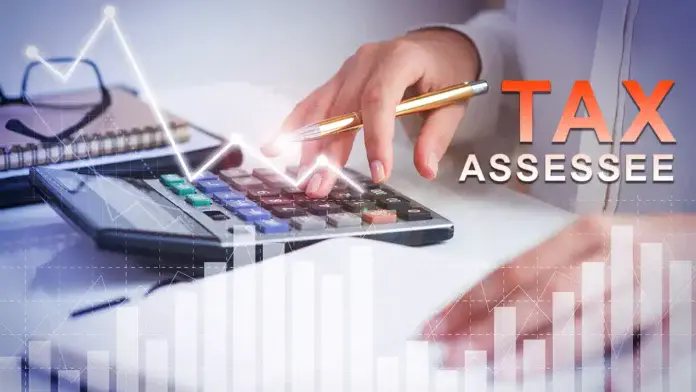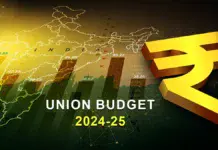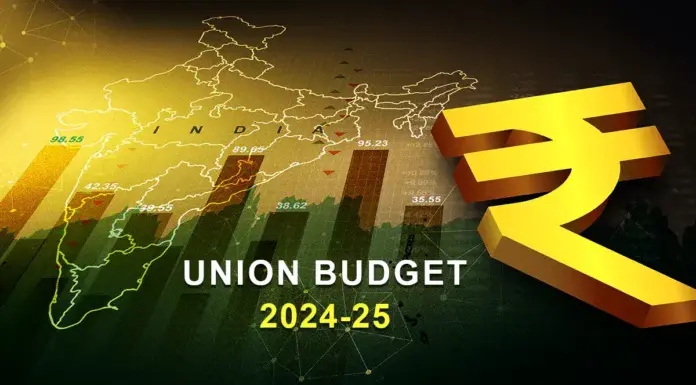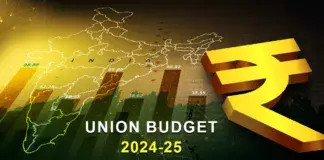The Union Budget 2025 is expected to introduce significant changes to India’s income tax landscape. Every taxpayer who is subject to income tax must thoroughly understand the different revisions, as these changes are critical for effective financial planning. This blog will explore the various slabs that have been affected by the budget, look at the different categories of taxpayers, and finally, look at the broader macroeconomic implications of these reforms. Learn about the Tax assessee in detail.
Who is an Assessee in Income Tax?
The term “assessees” is fundamental to the Indian tax system. According to the Income Tax Act 1961 an assessee definition in terms of income tax is anyone and entity which is liable to file either Returns or undergo assessments for taxes paid or not paid for income earned in a given financial year. The Tax assessee includes:
- Individuals (salaried employees, freelancers, aged people).
- Hindu Undivided Families (HUFs).
- Companies (both domestic and foreign are present within the business arena of India).
- Partnership firms, LLPs, and trusts.
The Budget 2025 aimed to tailor reforms so as to meet the needs of these various groups of people, arousing the need for balanced management of tax revenue as well as giving relief to the taxpayer and Tax assessee.
Tax assessee: Income Tax Slabs and Changes in Union Budget 2025
There has been the latest announcement from the Finance Minister regarding the revised income tax slabswhich will affect a wide range of taxpayers. This announcement will introduce significant changes to the existing tax structure for different categories of taxpayers. So below is a look into the current tax regime and slabs as applicable to different types of Tax assessee.
New Tax Regime vs. Old Tax Regime
The government has clearly continued on a path to reduce the levels of complications that are contained in the current tax structure by promoting a fresh new tax regime and Tax assessee. However, at the moment, Tax assessee are still able to choose between the incipient version of the new tax regime and the existing regime based on their financial preferences.
Also Read : Union Budget 2024-25: India’s Next Generation Reforms and Strategic Policies
Individual Taxpayers (Below 60 Years)
New Tax Regime (FY 2025-26)
| Income Slab | Tax Rate |
| Up to ₹2.5 lakh | Nil |
| ₹2.5 lakh – ₹5 lakh | 5% |
| ₹5 Lakh-₹7.5 Lakh | 10% |
| ₹7.5 lakh – ₹10 lakh | 15% |
| ₹10 lakh – ₹12.5 lakh | 20% |
| ₹12.5 lakh – ₹15 lakh | 25% |
| Above ₹15 lakh | 30% |
Old Tax Regime (FY 2025-26)
| Income Slab | Tax Rate |
| Up to ₹2.5 lakh | Nil |
| ₹2.5 lakh – ₹5 lakh | 5% |
| ₹5 lakh – ₹10 lakh | 20% |
| Above ₹10 lakh | 30% |
Key Changes for Tax assessee
Increased Exemption Limits for Tax assessee
The tax-free threshold has increased from the previous standard of 2. 5 lakh to 3. 0 lakh, which would reduce the tax burden on low-income earners.
Simplified Slabs for Tax assessee
Merging intermediate slabs with a mix of, e.g., 20% for ₹12–20 lakh will result in speedier compliance for the concerned organization.
Aged People – Benefits
Higher exemptions are understood to acknowledge increased costs of living and healthcare.
The Impact of the Budget on Different Categories of Tax assessee
As a part of the Union Budget 2025 restructure of user excepts has taken on a number of changes across the various providers of the tax.
Salaried Employees Tax assessee
Middle-class Tax assessees who earn ₹7–15 lakh are in the fortunate position of paying reduced tax rates, which will allow the individuals who otherwise have enough disposable income to either consume the funds or invest the money. These Tax assessees, however, are responsible for paying a higher marginal tax rate of 30% compared to fiscal year 2019. However, those who earn more than ₹20 lakh are required to pay a higher rate of 30% in line with progressive taxation policies.
Aged People Tax assessee
With India’s aging population, the higher one-off exemption amount (up to £70,000) and lower rates for the special aged people’s scheme will aid in protecting retirement savings.
Corporate Bodies and Companies
The corporate tax rate remains unchanged at 22% for the existing companies with the added benefit that new enterprises are able to take advantage of a tax holiday to encourage innovation. The Minister of Finance also introduced green energy incentives with an emphasis on taking advantage of India’s net zero ambitions, which can go some way towards making India supply greener energy.
Freelancers and Gig Workers
The 3 lakh exemption threshold brings about unique benefits to the freelancers, but this will increase the reporting and compliance requirements placed on the digital platforms.
A ‘Word’ on Simplified Compliance
A recurrent theme in the Finance Minister’s budget speech is the concept of “ease” – availing of tech-based and web-based services to simplify the filing process. A number of policy initiatives continue to be in force in this area, which include:
AI-Powered Portals
Automated tax calculators and automatically filled returns.
Reduced Litigation
Scheme for small Tax assessee dispute resolution.
Cryptocurrency Clarity
Virtual Assets are becoming taxable possessions under the Capital
This will deal with restructuring support for Tax assessee wishing to encourage the maximum amount of trust to be placed in the taxing service and also eliminate any problems associated with the lack of administrative expertise.
Macroeconomic Consequences of the Budget
The Budget 2025 is not just focused on the taxation of individual Tax assessees; rather, it is the guiding hand for India’s macroeconomic stability. As such, it is intended to address any weaknesses that may exist in the economy at large. The reason for this pressure is:
Revving Consumption Levels
By increasing disposable income in the middle class, the reforms aim to stimulate the demand for goods and services, which will result in GDP growth as a consequence.
Following Fiscal Discipline
Although the government has made specific allowance for possible losses in tax collection, plans to balance this through increased compliance and expansion of the tax net (i.e. by including high-value luxury goods in the tax net) are currently under development.
Infrastructure Investment
The major increases in allocations from both motorways, railways and renewable energy projects are expected to generate employment as well as attract private investment.
Inflation Control
Customs duty reductions on commodities such as edible oils are intended to reduce the rate of inflation and deal with a situation where inflation is an irritating and difficult problem for the Indian economy.
Challenges and Criticisms
The Budget 2025 has been favorably received as progressive by critics; however, a number of gaps have been identified:
Limited Relief for Lower Middle-Class Tax assessee
The ₹3 lakh exemption still does not cover many in the informal sector.
Ambiguity in Green Taxes
Lack of satisfactory explanations regarding the carbon credit mechanisms.
Digital Divide
Rural taxpayers may find it difficult to keep up with technology dependent compliance procedures available.
The Road Ahead
The Finance Minister’s reforms balance growth with equity. For the Income Year tax man, an exceedingly informed assessee or tax impugn would be able to mitigate losses (e.g., Section 80C investments) and avoid any tax penalties if they are aware of the relevant annual regulations.
Conclusion
The Union Budget for 2025 understands the discipline of taxation rules of India – empowering Tax assessees while providing macroeconomic resilience. By revising the charge bands, giving more importance to the older people in society, and enabling embedding in sustainability, the government is showing a commitment to inclusive growth. For every Tax assessee, be it salaried employees or corporate companies, the changes are expected to be marshaled so that they can navigate through the fiscal year that will be passed after the proposed changes.
As India is moving towards its $5 trillion forecast, the 2025 budget serves to act as a combination of both a catalyst and a guide for the potential future of Tax assessees and government politicians.
FAQs
Who is an Assessee in Income Tax?
Ans: A Tax assessee is any entity or any person who is subject to assessment or liable to pay tax under the Income Tax Act in India.
What is the Assessee Definition in Income Tax?
Ans: The definition of a Tax assessee is one who is liable to file a return or pay taxes or is subject to all the legal proceedings under the Income Tax Act in India.
Who is the Current Finance Minister of India?
Ans: Nirmala Sitharaman is the current finance minister of India.
What will be the Budget’s Impact on the Indian Economy?
Ans: India’s Finance Minister Nirmala Sitharaman thinks that this tax regime will benefit the middle class people along with the aged people and salaried employees. It will enable people to have more money to spend.
What Will Be the Macroeconomic Impacts of the Union Budget 2025-26?
Ans: The macroeconomic effects of the Union Budget 2025-26 will be positive in the long term, both for the Tax assessee and the Indian economy.














